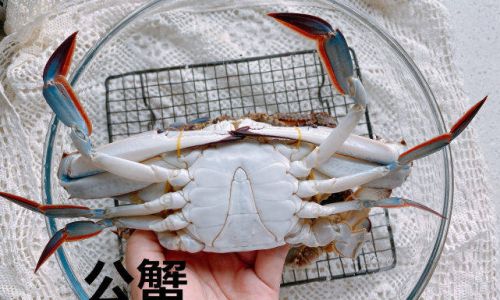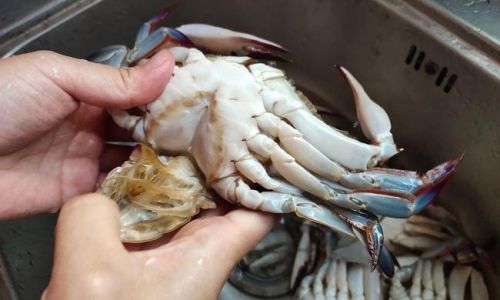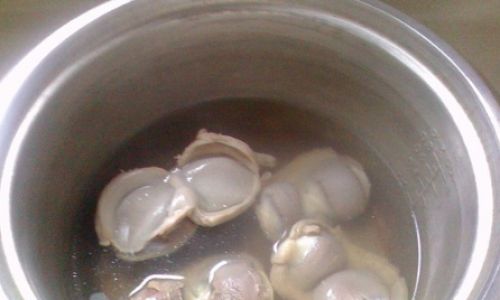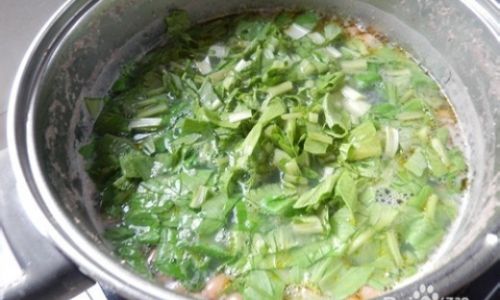Introduction
Handling live swimming crabs, scientifically known as Portunus Trituberculatus or commonly referred to as swimming crabs or simply “sandwich crabs,” can be a daunting task for those unfamiliar with the process. These crabs are highly valued for their delicate, sweet-tasting meat and are a staple in many culinary traditions, particularly in East Asian cuisines. However, their active and sometimes aggressive nature can make handling them challenging. This guide aims to provide a comprehensive approach to safely and humanely handle live swimming crabs, from selection and storage to preparation and cooking. By following these steps, you can ensure that your crabs are treated respectfully and that your culinary experience is both enjoyable and rewarding.

Section 1: Selection of Live Swimming Crabs
When selecting live swimming crabs, there are several key factors to consider to ensure you get the freshest and healthiest crabs possible.
1 Appearance
- Color: Healthy swimming crabs have a vibrant, shiny shell that ranges from dark green to blue-black. Avoid crabs with dull, faded, or cracked shells.
- Eyes: The crab’s eyes should be clear and mobile. Dull or cloudy eyes can indicate illness or stress.
- Legs and Claws: The legs and claws should be intact and move freely. Crabs with missing or damaged appendages may have been in fights or handled roughly.
2 Activity Level
- Mobility: Healthy crabs are active and responsive. They should move their legs and claws when disturbed.
- Aggression: Swimming crabs are naturally aggressive. A crab that actively defends itself or tries to escape is a good sign of health.
3 Source and Handling
- Reputable Vendor: Purchase crabs from a trusted vendor who can provide information about the crab’s origin and handling practices.
- Live Holding Conditions: Crabs should be kept in clean, well-oxygenated water. Avoid vendors who keep crabs in crowded or unsanitary conditions.
Section 2: Storage of Live Swimming Crabs
Once you’ve selected your crabs, proper storage is crucial to maintain their freshness and vitality until you’re ready to cook them.
1 Temperature and Humidity
- Cool Environment: Keep crabs in a cool, shaded area. Avoid direct sunlight and extreme temperatures, which can stress the crabs and shorten their lifespan.
- Humidity: Maintain a moist environment by placing a damp cloth or paper towels in the container. Avoid soaking the crabs directly, as this can lead to drowning.
2 Container Size and Ventilation
- Adequate Space: Provide enough space for each crab to move around freely. Overcrowding can stress the crabs and increase the risk of injury.
- Ventilation: The container should have adequate ventilation to ensure a steady supply of oxygen. Avoid sealing the container tightly.
3 Water Quality

- Clean Water: Change the water regularly to keep it fresh and free of debris. Use filtered or non-chlorinated water to avoid harming the crabs.
- Saltwater: Swimming crabs are marine creatures and require saltwater to stay healthy. Use a saltwater solution with a salinity similar to their natural habitat (around 30-35 parts per thousand).
Section 3: Preparation for Cooking
Before cooking, there are a few essential steps to prepare your swimming crabs safely and humanely.
1 Humane Handling
- Gentle Approach: Handle crabs gently to avoid stressing them. Use a crab clamp or thick gloves to protect yourself from their sharp claws and pinchers.
- Cooling Down: To slow their movements and make handling easier, you can chill the crabs briefly in the refrigerator or immerse them in iced water for a few minutes. However, do not leave them in cold conditions for too long, as this can kill them.
2 Cleaning
- Rinse: Rinse the crabs thoroughly under cold running water to remove any dirt, debris, or seaweed attached to their shells.
- Brush: Use a soft brush or a toothbrush to scrub the shell clean, paying special attention to crevices and under the claws.
3 Killing the Crab (Optional)
- Ethical Considerations: While some cultures prefer to cook live crabs, others consider it humane to kill them before cooking to minimize suffering.
- Methods: One common method is to pierce the crab through the body just behind the eyes using a sharp knife or crab spike. This should be done quickly and decisively to ensure the crab does not suffer.
Section 4: Cooking Methods for Swimming Crabs
Swimming crabs can be cooked in various ways, each offering a unique flavor and texture. Here are some popular methods:
1 Steaming
- Setup: Fill a large pot with water and add a steaming rack or a few inches of water with a steaming basket. Bring the water to a boil.
- Seasoning: Add aromatics like ginger, garlic, and green onions to the water for added flavor.
- Cooking Time: Place the crabs on the steaming rack, cover the pot, and steam for about 15-20 minutes, depending on the size of the crab.
- Checking Doneness: The crab shells should turn a bright red, and the meat should be firm and opaque when cooked.
2 Boiling
- Water Preparation: Fill a large pot with enough water to fully submerge the crabs. Add salt and aromatics like bay leaves, peppercorns, and lemon slices.
- Bring to a Boil: Heat the water until it reaches a rolling boil.
- Cooking: Carefully lower the crabs into the boiling water using a slotted spoon or crab clamp. Boil for about 15-20 minutes.
- Draining: Remove the crabs from the water using a slotted spoon and let them drain on paper towels.
3 Roasting

- Preheat Oven: Preheat your oven to 400°F (200°C).
- Preparation: Clean the crabs as described earlier and pat them dry with paper towels. Season the crabs with salt, pepper, and any desired spices.
- Roasting: Place the crabs on a baking sheet lined with parchment paper or aluminum foil. Roast for about 20-25 minutes, or until the shells are bright red and the meat is cooked through.
- Basting: Optionally, baste the crabs with melted butter or olive oil halfway through cooking for added flavor.
4 Grilling
- Preheat Grill: Preheat your grill to medium-high heat.
- Preparation: Clean and pat the crabs dry. Brush them with olive oil and season with salt, pepper, and your favorite herbs.
- Grilling: Place the crabs on the grill grates and cook for about 10-15 minutes per side, or until the shells are bright red and the meat is cooked through.
- Turning: Use tongs or a crab clamp to turn the crabs carefully, avoiding direct contact with the heat source to prevent burning.
Section 5: Serving and Eating Swimming Crabs
Once cooked, swimming crabs can be served in various ways, depending on your preference and cultural traditions.
1 Cracking and Cleaning
- Tools: Use crab crackers, picks, and forks to crack open the shell and extract the meat.
- Technique: Start with the larger appendages, such as the claws and legs. Crack them open gently to avoid damaging the meat inside. Use a pick to remove the meat from the shell.
- Body: The body can be halved or quartered and the gills (the feathery, sponge-like structures) removed. The meat inside the body cavity is highly prized and can be eaten on its own or used in dishes like crab cakes or crab soup.
2 Dipping Sauces
- Traditional Sauces: In many East Asian cultures, swimming crabs are often served with dipping sauces made from soy sauce, vinegar, garlic, ginger, and chili peppers.
- Creative Variations: Experiment with different dipping sauces to suit your taste. Try mixing soy sauce with sesame oil, honey, and a touch of lime juice for a sweet and tangy flavor.
3 Presentation
- Whole Crabs: For a dramatic presentation, serve the crabs whole on a platter garnished with lemon wedges, parsley, and a bottle of your chosen dipping sauce.
- Plated Meat: Alternatively, you can crack the crabs and arrange the meat on a plate, accompanied by sides like steamed rice, pickled vegetables, or fresh salad.
Conclusion
Handling live swimming crabs may seem intimidating at first, but with the right knowledge and techniques, it can be a rewarding experience. By selecting healthy crabs, storing them properly, preparing them humanely, and cooking them to perfection, you can enjoy the delicate, sweet flavor of swimming crab meat in various delicious dishes. Remember to respect the creature and approach its handling with care and consideration. With this guide, you’ll be well-equipped to tackle the task of handling live swimming crabs and create memorable culinary experiences





0 comments